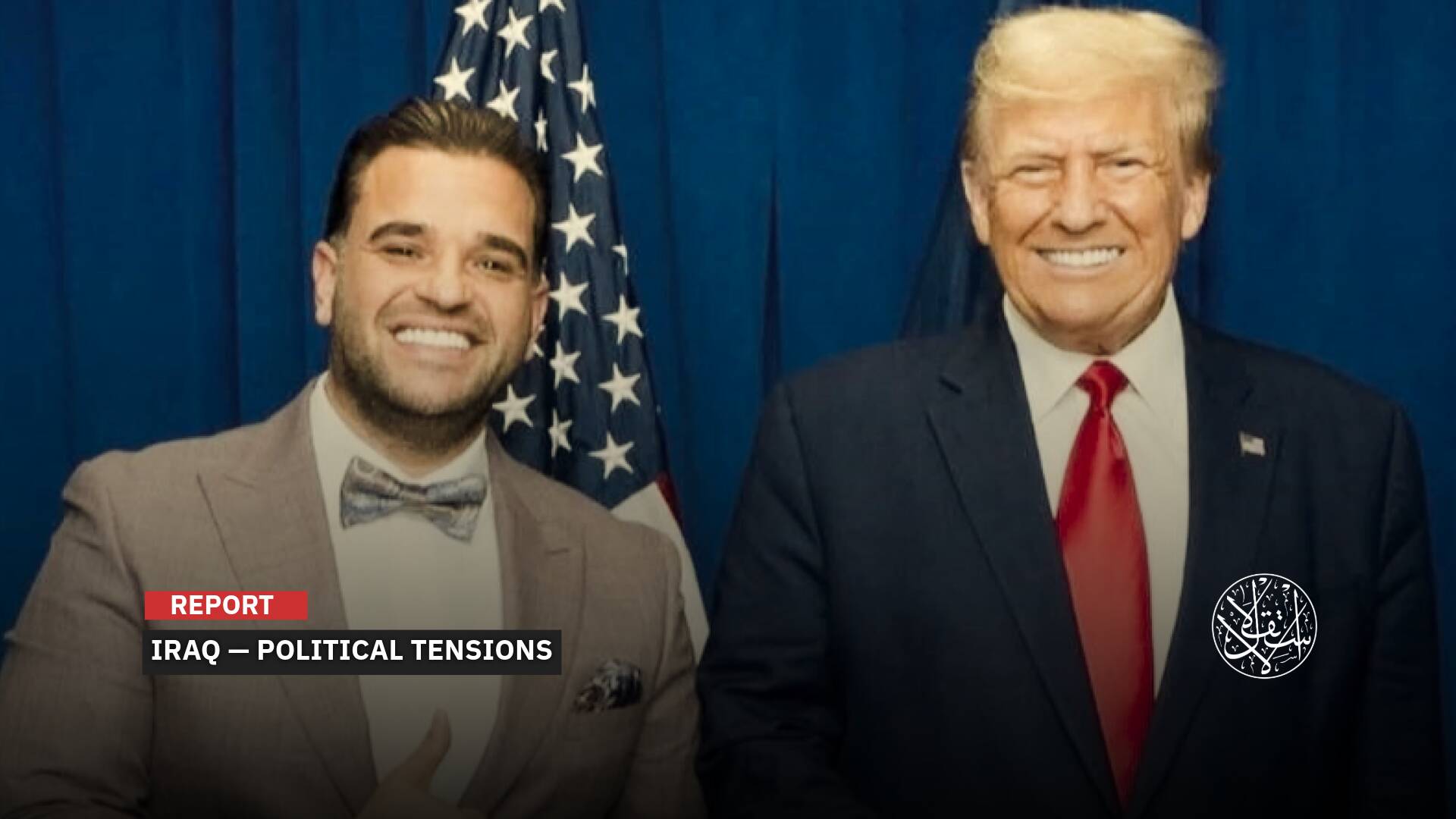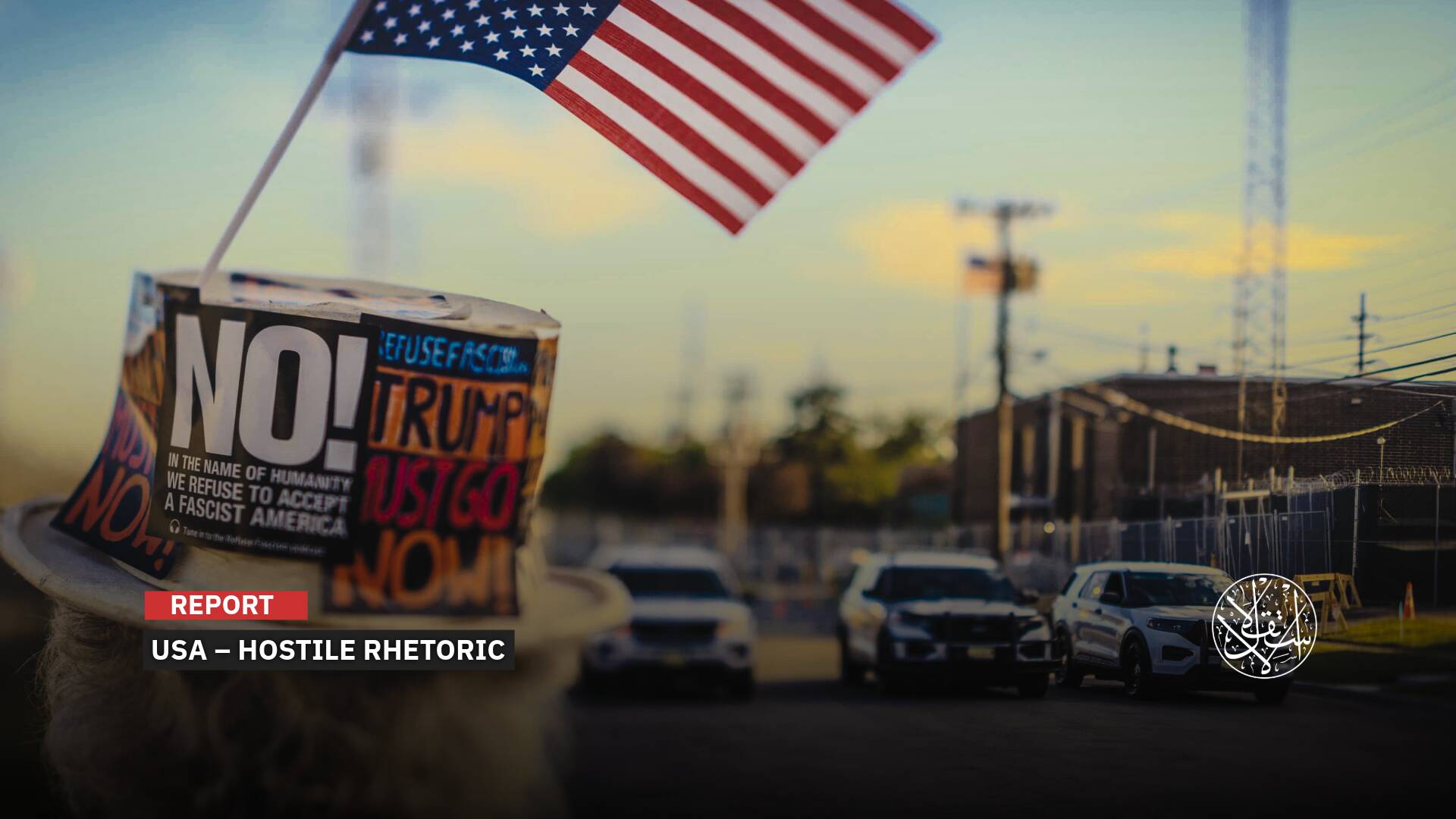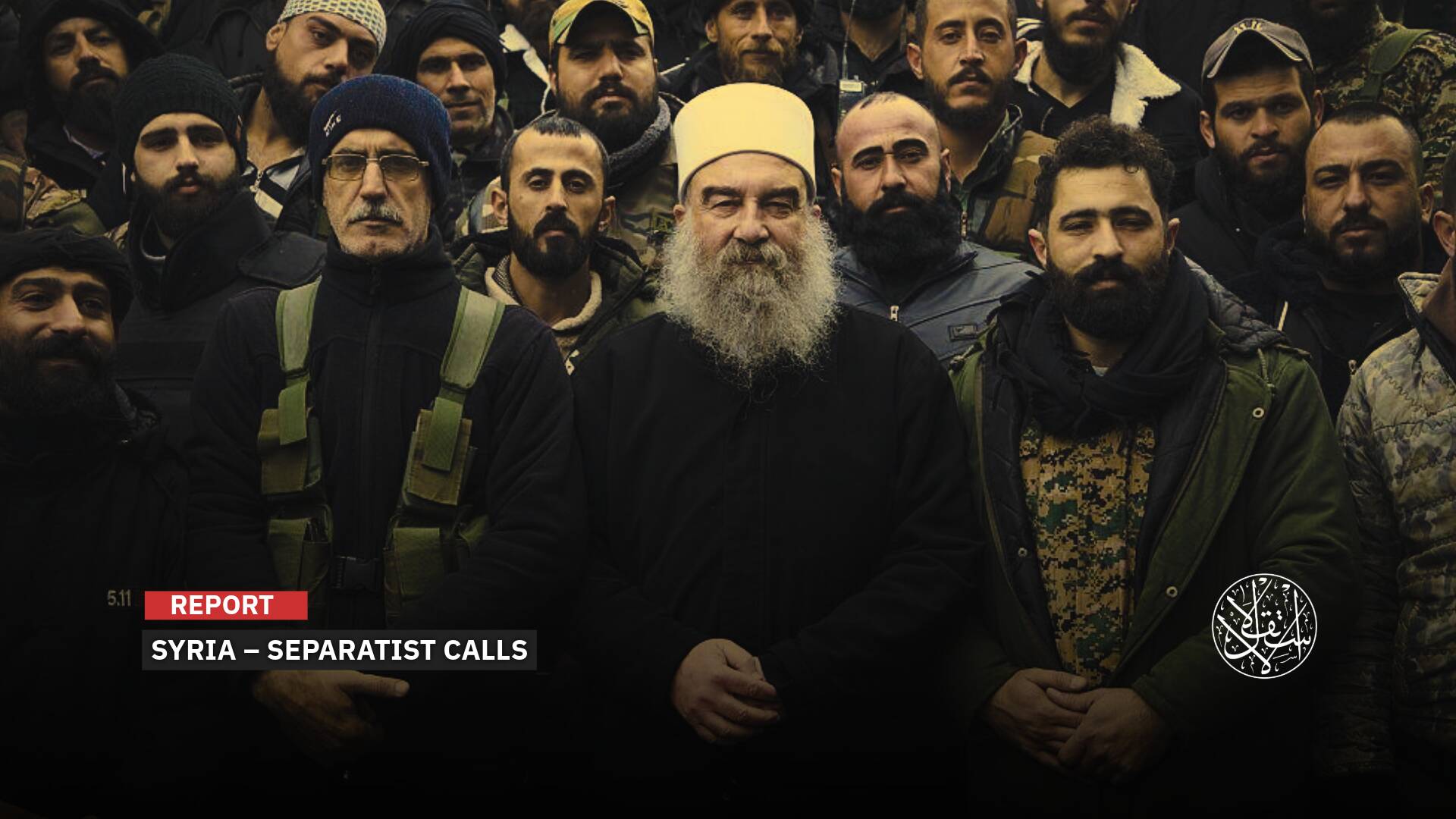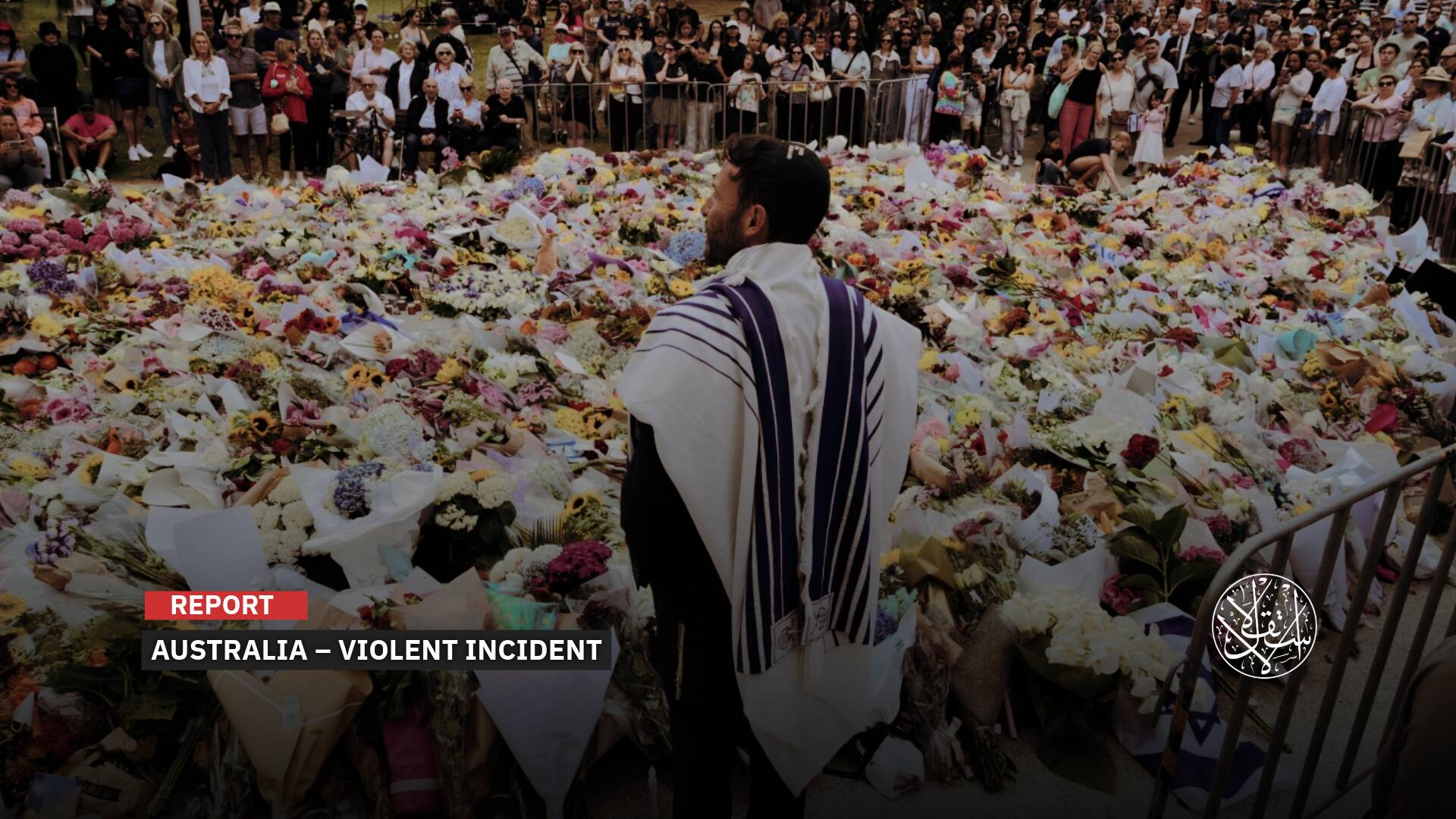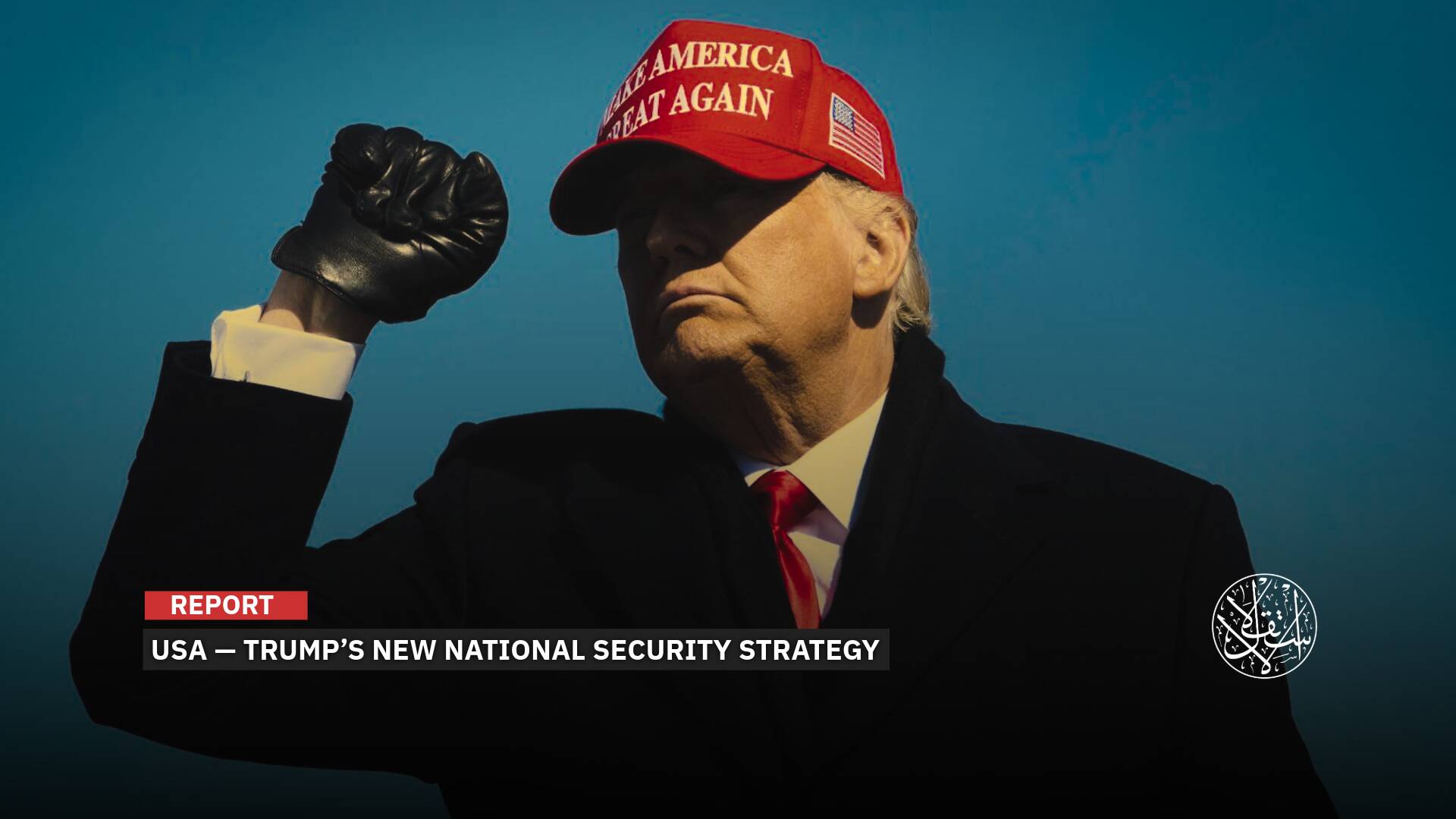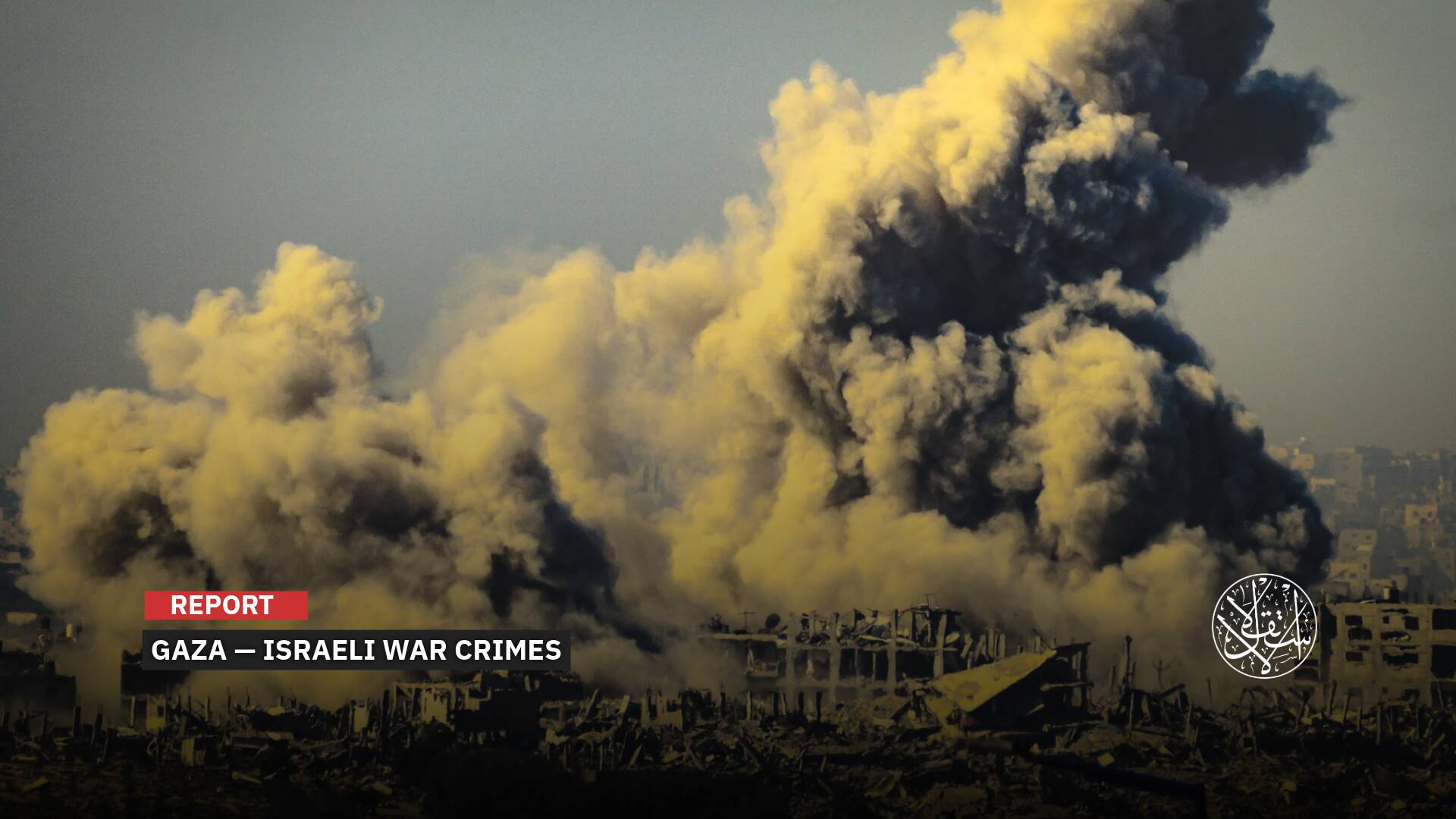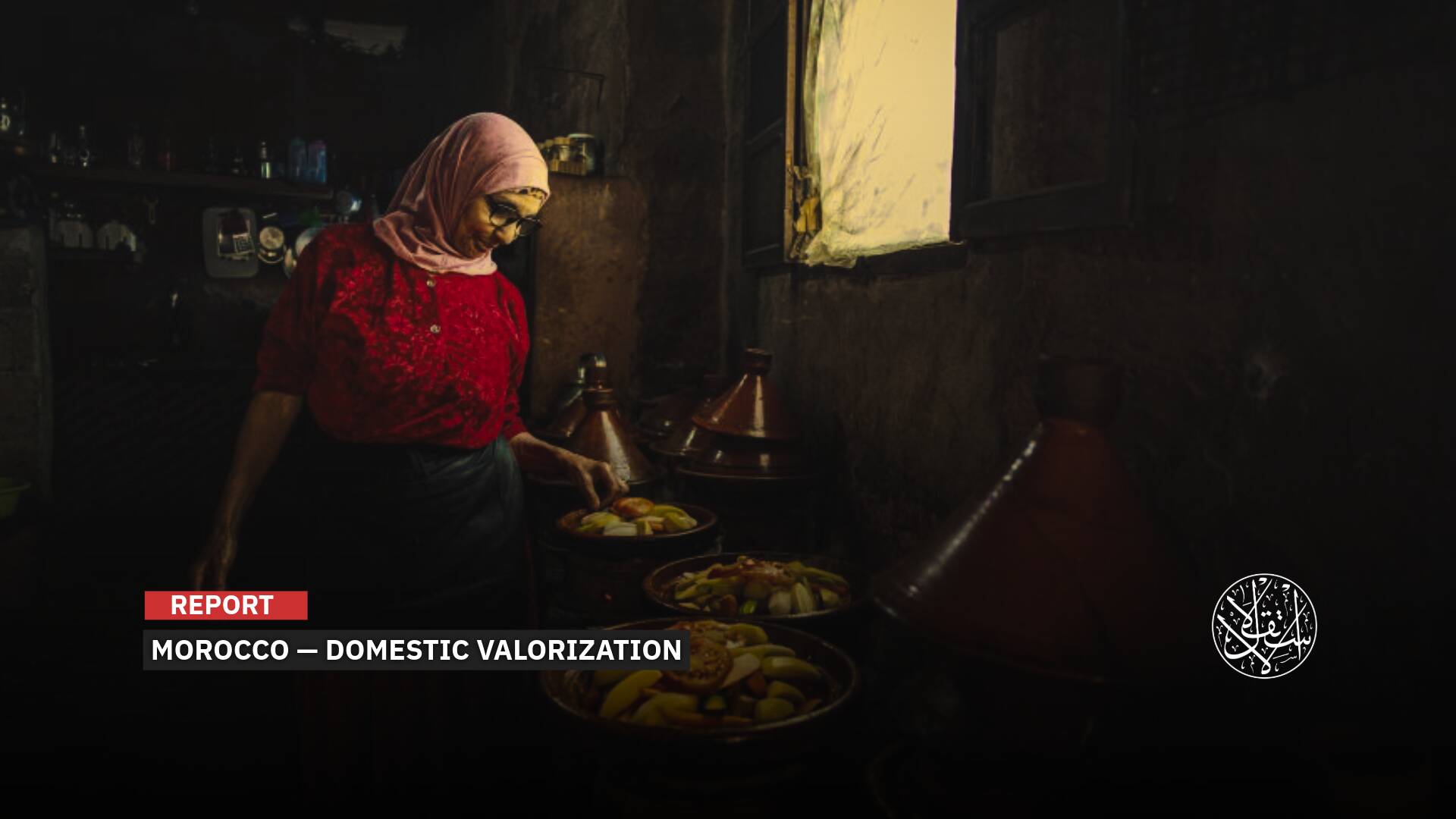How Bollywood Exploits ‘Operation Sindoor’ to Incite Against Pakistan and Muslims

“Bollywood has long mined national interest for commercial purposes.”
Although Indian cinema has grown as a commercial enterprise independent of successive governments, political agendas have found their way onto the screen, particularly in films related to the image of Muslims during times of heightened conflict between India and Pakistan.
After the events of September 11, 2001, Bollywood portrayed Muslims as terrorists, spies, traitors, or smugglers in several films.
Directors in India have exploited the recent armed confrontation with Pakistan to produce new films depicting this decades-long conflict, sparking controversy over the exploitation of crises for political purposes.
Critics believe that Bollywood has become a tool serving the ideology of Narendra Modi's Hindu nationalist government since he came to power more than a decade ago. Its films are accused of inciting hatred against Muslims and are often shown during national holidays to boost patriotic fervor and profits.
Ticket sales for the Indian film industry exceed $1 billion. Historically, the government and security services have funded the industry to serve their political agenda.
The Indian film industry has grossed over $1 billion in ticket sales. Historically, the government and security services have funded this industry to serve their political agendas.
Film Industry
The conflict between Pakistan and India, since the British partition that created the two countries, is not limited to military confrontations and diplomatic disputes.
It has also infiltrated the details of daily life, with art and cinema playing a prominent role in fueling nationalist sentiment and guiding public opinion.
Film is not just a story, but a disguised political discourse that conveys nationalist hostility under the guise of drama and places facts in a context that serves policymakers.
From Bollywood (the Indian film industry) to Lollywood (the Pakistani film industry), the Pakistani-Indian conflict has been present in the film industry. This conflict never ceases, but rather continues to be rooted in the collective unconscious through films and cinema.
For decades, the film industry in both countries has boosted nationalist sentiment and hostility toward each other, focusing on issues that the two countries are in conflict over, such as the Kashmir issue and the religious issue between Muslims and Hindus.
According to observers, a large proportion of Bollywood film productions adopt an anti-Pakistan rhetoric, often linking it to terrorism or extremism, in an attempt to tarnish its reputation globally.
These films deliberately present Pakistani or Muslim characters—even if they are Indian—in a stereotypical and exaggerated manner, portraying them as villains who speak with artificial accents and distort their behavior.
However, Pakistani cinema has not been immune to this trend, often resorting to presenting Indian characters in a negative light, in a narrative exchange that boosts hostility and marginalizes the shared reality between the two peoples.
Bollywood clearly outperforms Lollywood due to several factors, most notably large budgets, the widespread presence of cinemas in India (nearly 50,000 cinemas), and continued government support.

Operation Sindoor
Indian directors have exploited the recent military escalation between India and Pakistan to produce new films related to ‘Operation Sindoor’ for financial gain and political points.
These clashes, the deadliest between the two countries in decades, erupted following an attack on April 22 in Indian-administered Kashmir that killed 26 people, all of them civilians.
India accused Pakistan of being behind the attack, but Islamabad categorically denied responsibility.
However, the military escalation between the two countries erupted in May and lasted for four days, with an exchange of drone, missile, and artillery attacks, resulting in the deaths of more than 70 people on both sides.
‘Sindoor’ is the name given to the Indian military operation, referring to the red powder used to adorn the hair of Hindu brides.
Seeking to capitalize on the wave of nationalist fervor, Indian film studios have recently released a slew of titles depicting the confrontation, including ‘Mission Sindoor’, ‘Sindoor: Revenge’, ‘The Pahalgam Terror’, and ‘Operation Sindoor’.
“It's a story that needs to be told,” said Indian director Vivek Agnihotri.
“If it were about it, Hollywood would have made 10 films on the subject... People want to know what went on behind the scenes,” he added.
In 2022, Agnihotri directed ‘The Kashmir Files’, which chronicles the mass exodus of Hindus from Kashmir in the 1990s.
While the ruling Hindu nationalist Bharatiya Janata Party (BJP) praised and supported the film, many critics saw it as intended to incite hatred and demonize Muslims.

Hindu Propaganda
Since Hindu nationalist Prime Minister Narendra Modi took office in 2014, critics have argued that Bollywood has become a platform for producing propaganda films that serve specific political agendas.
They argue that Bollywood has become a state cinema that practices discrimination on the basis of ethnicity and religion.
Director Anil Sharma, known for his provocative films, also criticized Bollywood's rush to produce films about the Pahalgam attack, saying, “It's a herd mentality... These are seasonal filmmakers.”
Sharma's action films, Gadar: Ek Prem Katha (2001) and Gadar 2 (2023), were huge hits.
In 2024, Bollywood released ‘Operation Valentine’, which was inspired by the 2019 Pulwama attack and retaliatory Indian airstrikes on a Pakistani town.
The 2023 film ‘Pathaan’ told the story of an Indian secret agent who collaborates with a Pakistani intelligence agent to prevent a group of terrorists from attacking India.
The 2019 film ‘URI: The Surgical Strike’ chronicled special operations carried out by the Indian military in Pakistan-controlled Kashmir, within a narrative of retaliation.
The film portrayed Indians as heroes engaged in self-defense and the right to retaliate, while portraying Pakistan as a state sponsor of terrorism.
The 2019 film ‘Waar’ portrayed India as a state sponsor of terrorist groups and involved in destabilizing activities in Pakistan, prompting Mujahid, a former Pakistani intelligence officer, to return to action to counter these attacks supported by Indian intelligence.
The film depicted the Pakistani struggle for independence, as well as the Pakistani military's efforts to confront external threats, highlighting the Indian occupation of Pakistani territory.
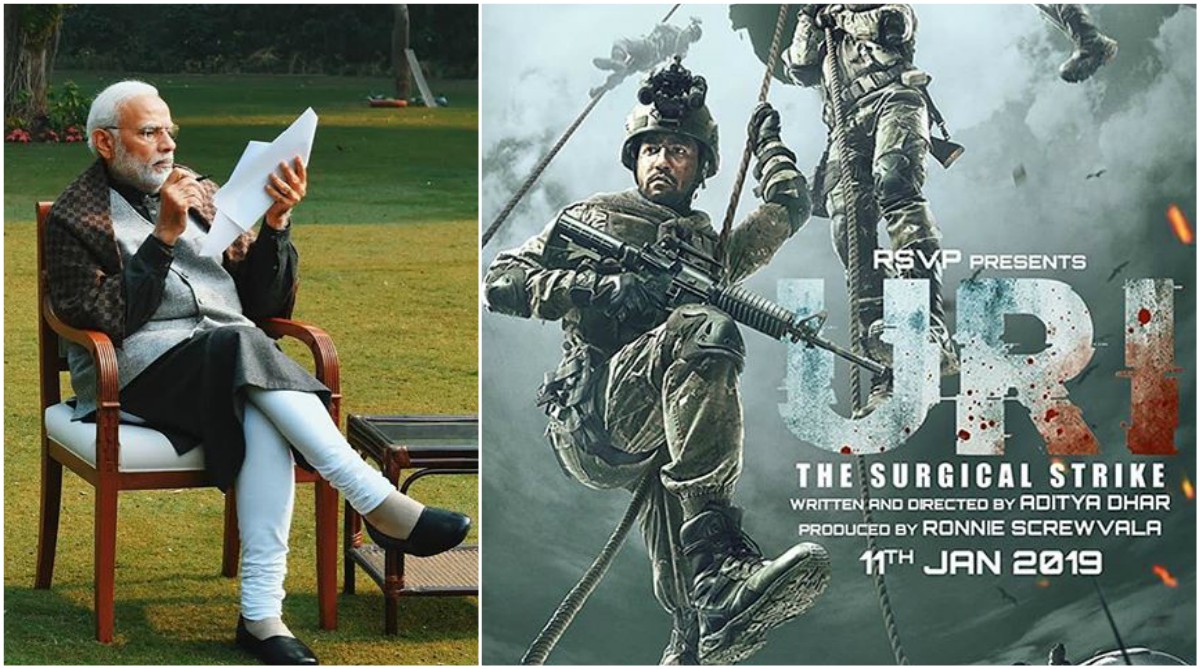
It's worth noting that exploiting patriotic sentiments through cinema is nothing new in Bollywood.
As national occasions such as Independence Day approach, momentum grows for the release of films with a nationalist theme, as was the case with the January 2024 film ‘Fighter’.
This film, which was inspired by a real-life Indian airstrike on the northern Pakistani city of Balakot in 2019, was a major financial success (approximately $28 million in India).
The 2025 film ‘Chhaava’, a historical action film about the life of Sambhaji Maharaj, ruler of the Maratha Empire (late 17th century), is currently the highest-grossing film of the year.
However, the film has sparked widespread controversy and criticism after its release last February, with some viewing it as clearly anti-Muslim.
Film critic and screenwriter Raja Sen lamented that many directors are making films based on biased and targeted stories.
He noted that Indian cinema currently portrays Muslim kings and leaders in a climate of violence, and lamented the reluctance of directors to tackle topics that conflict with the Hindu system.
According to a 2011 study that analyzed the content of 50 Bollywood films, nearly a third of them distorted the image of Muslims.

Mutual Ban
The conflict between India and Pakistan has also reached a new escalation, with both countries banning any exchange of artistic and cinema works.
Since 1965, the second war between the two countries, India has been banning Pakistani content, and Pakistan has responded with the same measure.
Pakistan had banned Indian content since 2019 following the Balakot incident in Kashmir, with India reciprocating.
The most recent wave of mutual bans between the two countries occurred last May, amid military tensions between the two countries, with India once again banning Pakistani content.
In related developments, Pakistani actress Mahira Khan's name is no longer mentioned in the soundtrack of the 2017 film ‘Raees’ on Spotify in India, and the film now appears only under the name of Indian actor Shah Rukh Khan.
Indian star Diljit Dosanjh announced that his new film ‘Sardaar Ji 3’, starring four Pakistani actors, will be released only abroad after Indian authorities imposed an official ban on Pakistani artists participating in film productions.
The film ‘Abir Gulaal’, starring Pakistani star Fawad Khan and Indian actress Vaani Kapoor, was scheduled to be released in Indian cinemas on May 9, but its release has been postponed indefinitely.
Even some figures who have long supported cultural cooperation between the two countries have recently reversed their previous positions.
Indian actor Sunil Shetty, a popular figure in Pakistan, declared: “Everything should be banned... sports, films, and all forms of collaboration.”
Shetty starred in the 2004 film ‘Main Hoon Na’, a film that carried implicit messages in support of peace between India and Pakistan.

Following the recent military escalation, New Delhi imposed a ban on several Pakistani channels on YouTube, including Hum TV, one of the country's most prominent entertainment networks, with an estimated 40% of its audience coming from India.
Despite the division and hostility, communication between the Indian and Pakistani audiences has not been completely severed.
Three months after the ceasefire, three Indian films topped the list of the ten most-watched titles on Netflix in Pakistan, while two Pakistani musical works were among the twenty most-streamed songs in India.


